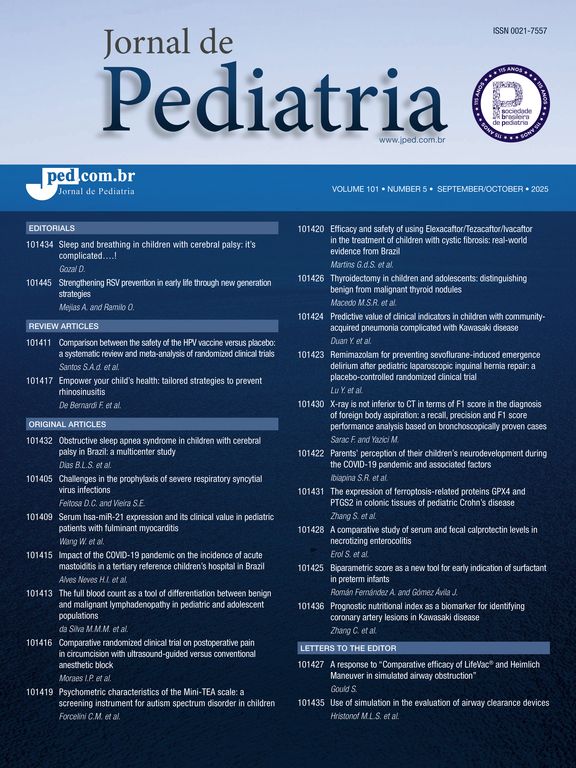The reports on fifty four children under thirteen years old with visceral leishmaniasis were evaluated to find a prediction criterion for the risk of infectious complications on the course of this disease. The children were divided into two groups according the presence or absence of infectious complications. The statistic model adopted was the Fisher Discriminant Analysis by the method of Wilks. The variables presenting a good discriminant power were: heart rate, white blood cells count, blood lymphocytes count, platelets count and glutamic-oxalacetic transaminase. The discriminant score for the risk of infectious complications in each case was estimated by means of the defined discriminant function, resulting in 75.93% of correct classification in each group, with 80.60% of correct prediction of the risk. This procedure is then valid as a prediction instrument for infectious complications on the course of kalazar in children and may contribute to improve the quality of treatment of this disease.
The Impact Factor measures the average number of citations received in a particular year by papers published in the journal during the two preceding years.
© Clarivate Analytics, Journal Citation Reports 2025
SRJ is a prestige metric based on the idea that not all citations are the same. SJR uses a similar algorithm as the Google page rank; it provides a quantitative and qualitative measure of the journal's impact.
See moreSNIP measures contextual citation impact by wighting citations based on the total number of citations in a subject field.
See more







